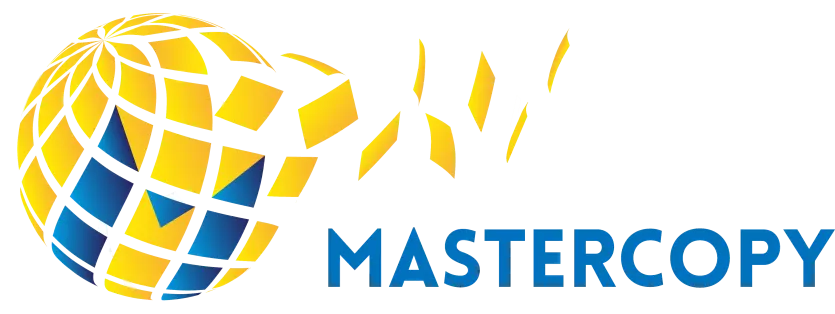What is a Document Management System (DMS)?
A Document Management System (DMS) revolutionises how businesses handle their information by digitising paper documents and organizing electronic documents in a centralized repository. This technology streamlines access to data, ensuring that businesses can operate more efficiently by enhancing document security, retrieval, and collaboration across all levels.
Leveraging Docflow for Optimised Document Management Docflow stands out as a prime example of innovative document management software, providing robust tools for document capture, management, and distribution. Its cloud-based nature ensures that teams, regardless of their location, can effortlessly access and process information, facilitating quicker decision-making and improved productivity.
Core Functions of a Document Management System
Document management systems, like Docflow, excel in three fundamental areas:
- Document Capture: Automate the ingestion of documents from various sources, ensuring data consistency and accuracy.
- Document Storage: Secure and centralize documents in an indexed format, allowing for easy search and retrieval.
- Document Distribution: Streamline the flow of documents with controlled access, ensuring that the right people have the right information at the right time.
Distinguishing Between DMS and EDMS
Understanding the nuances between a Document Management System (DMS) and an Engineering Document Management System (EDMS) is crucial. While a DMS like Docflow handles a broad spectrum of document types and work flows, an EDMS provides specialised capabilities for managing technical drawings and engineering data, including CAD files, catering specifically to the engineering sector.
Types of DMS: A Closer Look
Exploring the types of Electronic Document Management Systems highlights the versatility of this technology:
- Server-Based EDMS: Ideal for organisations looking for on-premises solutions with full control over their infrastructure.
- Cloud-Based EDMS: Offers flexibility and scalability without the need for significant hardware investments.
- Web-Based EDMS: Provides universal access via web browsers, simplifying implementation and maintenance.


